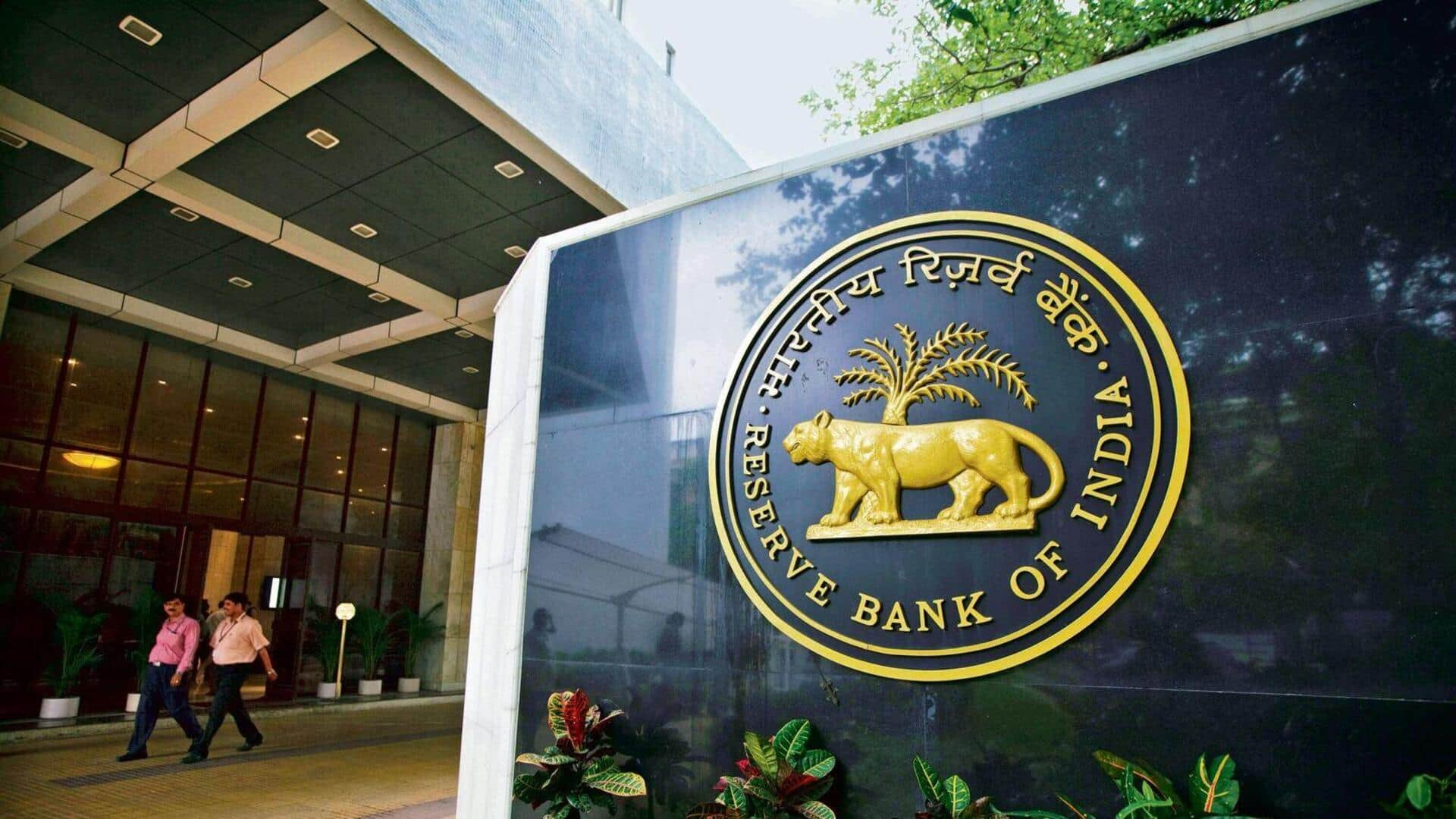
RBI to overhaul currency management infrastructure over next 5 years
What's the story
The Reserve Bank of India (RBI) has announced plans to significantly overhaul its currency management infrastructure within the next four to five years. The primary objective of this revamp is to ensure sufficient storage and handling capacity for future cash requirements, in line with the country's economic growth. This information was disclosed in an RBI document that outlined strategies for modernizing the existing system.
Strategies
Modernization plan includes automation
The RBI's modernization plan includes the establishment of new currency management centers and the implementation of warehouse automation. The central bank also intends to install advanced security and surveillance systems, an inventory management system, and a centralized command center. These measures are part of a comprehensive strategy to update the current infrastructure.
Future projections
RBI anticipates continued growth in note circulation
Despite a slowdown in the growth rate of notes in circulation (NIC) over the past three years, the RBI anticipates that this trend will persist. The document stated, "Analysis indicates that the growth will continue to be positive over the foreseeable future though the pace thereof is expected to be slower over the next decade." The central bank also expects volume growth to continue and potentially accelerate.
Circulation statistics
Significant increase in notes, coins circulation
The RBI reported a significant increase in both volume and value terms of NIC over the past two decades. As of March 31, 2024, the volume of NIC stood at 146.87 billion pieces (bpcs), up from 136.21 bpcs on March 31, 2023. Coins in circulation (CIC) also saw an increase with a volume of 132.35 bpcs as of March 31, 2024, compared to the previous year's figure of 127.92 bpcs.
Goals
Aim to modernize currency management infrastructure
The RBI aims to modernize its currency management infrastructure across India. The goal is to create adequate state-of-the-art storage and handling capacity for future cash needs of the economy, enhance efficiency in currency management operations, and ensure highest possible security while contributing toward a greener planet. This initiative is in response to challenges faced by several central banks/monetary authorities worldwide due to increased volume of banknotes printed, distributed, retrieved and processed as well as rising costs and security risks.